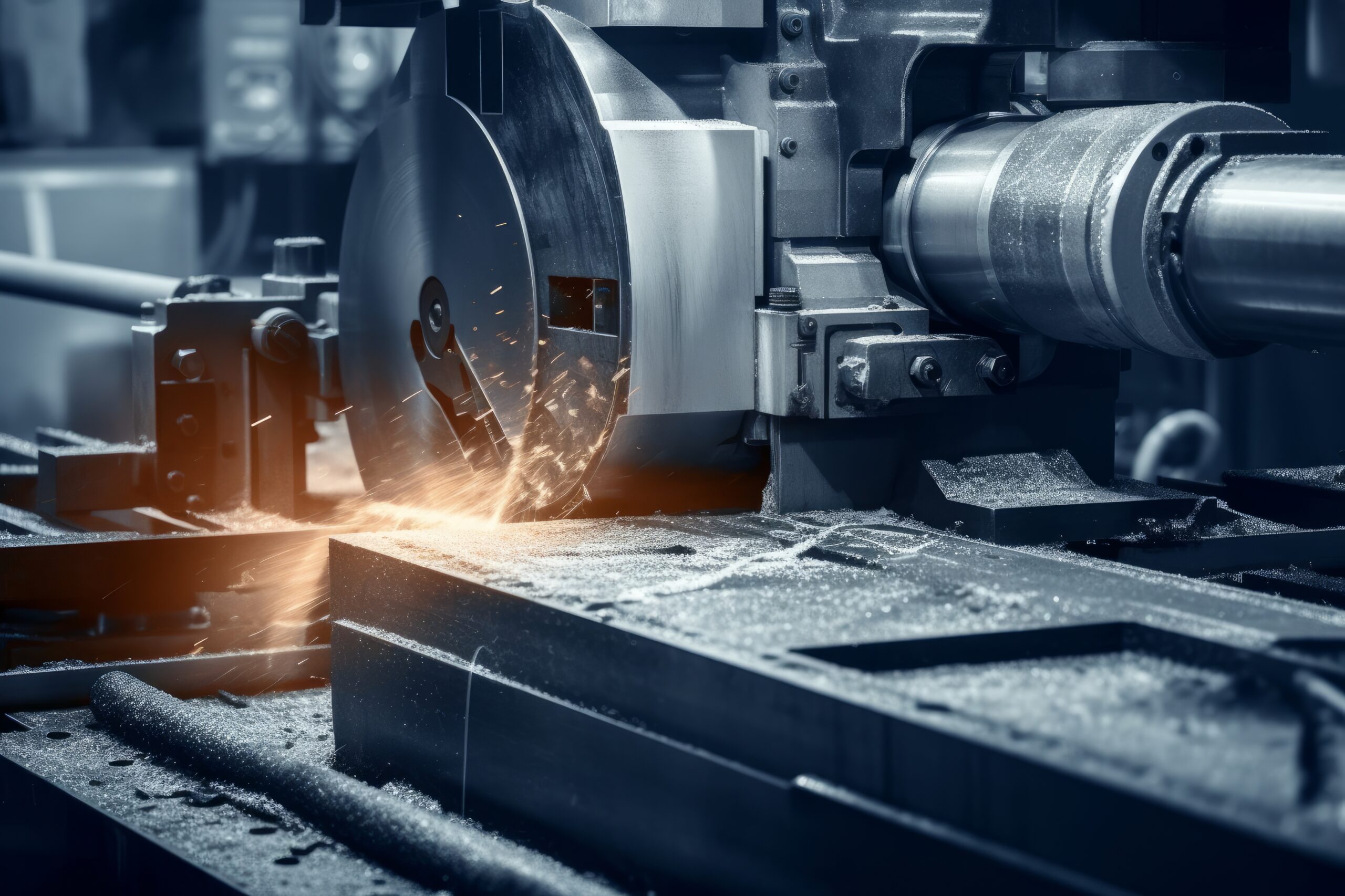Selecting materials in the manufacturing of industrial components is crucial to ensure their performance, durability, and efficiency. Especially in the case of blades used in recycling and processing operations, the type of material not only affects the operability of the machinery but also its ability to remain competitive in a demanding market..
The Importance of Quality in Industrial Machinery
Quality is perhaps the oldest concept by which a product can be evaluated, identifying or describing the level of customer satisfaction. The condition of a machine tool has a considerable impact on the quality of the piece or the production process. Keeping the machinery in optimal conditions not only ensures the integrity of the production but also prolongs the lifespan of the equipment and minimizes operation and maintenance costs. Therefore, it is essential to select high-quality components that contribute to the robustness and precision of the equipment.

Superiority of Materials in Blade Manufacturing
Choosing the right material is crucial for manufacturing blades that not only meet but exceed the demands of the most demanding industrial and recycling applications. The materials selected for these critical tools must possess specific qualities that ensure durability, wear resistance, and the ability to maintain an edge under extreme conditions. Below are some of the most prominent materials used in the manufacturing of high-performance blades:
- High-Speed Steel (HSS): This material is commonly used in blade manufacturing due to its ability to withstand high temperatures without losing hardness. This characteristic is essential for continuous operations that generate a large amount of heat, ensuring that the blade maintains its edge and cutting precision for longer.
- Tungsten Carbides: This material is known for its extreme hardness and wear resistance, making it ideal for blades that face abrasive materials in recycling. Blades made with tungsten carbide offer a significantly longer life span compared to those made from less robust materials, reducing the frequency of replacement and maintenance.
- Advanced Ceramics: Although less common, ceramics can be used in blades for specific applications that require resistance to corrosion and extremely high temperatures. These types of blades are especially useful in the food and chemical industries, where resistance to corrosive environments is crucial.
- Special Alloys: Innovation in alloys allows for the creation of blades that offer specific properties for particular needs, such as increased elasticity, impact resistance, or even non-stick characteristics that can be crucial in certain industrial processes.
Comparison with Lower Quality Materials
Using lower quality materials in the manufacturing of industrial components like blades may initially seem like an economically attractive option due to their lower cost. However, the inherent limitations of these materials can result in a series of operational and financial disadvantages in the medium and long term.
- Rapid Wear: Low-alloy steels or non-thermally treated materials, often used in lower-cost blades, tend to lose their edge more quickly than high-quality materials. This is due to their substantially lower wear resistance, which requires more frequent sharpening and, eventually, the complete replacement of the component. This accelerated wear is particularly problematic in intensive production environments, where precision and cutting efficiency are critical.
- Vulnerability to Corrosion: In addition to becoming dull quickly, lower quality materials are more susceptible to corrosion. This vulnerability significantly reduces the lifespan of the blade and can compromise the safety and hygiene of the process, especially in the food and chemical industries, where resistance to corrosive environments is crucial.
- Increased Maintenance Costs: Although the initial purchase price of these materials is low, the hidden costs associated with their maintenance and frequent replacement can quickly add up. The machine stoppages necessary to replace or repair worn components also contribute to a reduction in productivity and an increase in operational costs.
- Impact on Product Quality: The use of low-quality materials can negatively affect the quality of the final product. For example, a blade that quickly loses its edge can result in imprecise or torn cuts, affecting the aesthetics and functionality of the final product, which can lead to lower customer satisfaction and possibly a negative impact on brand reputation.
At Cuchillas Castillo, we recognize the importance of investing in high-quality materials, which not only offer greater durability, efficiency, and reliability, but also translate into substantial savings over time and improved overall machinery performance. By choosing our products, our customers benefit from components that exceed performance expectations and significantly contribute to the optimization of their operations. Our commitment to quality ensures that every blade manufactured not only meets but exceeds industrial standards, ensuring maximum customer satisfaction.

